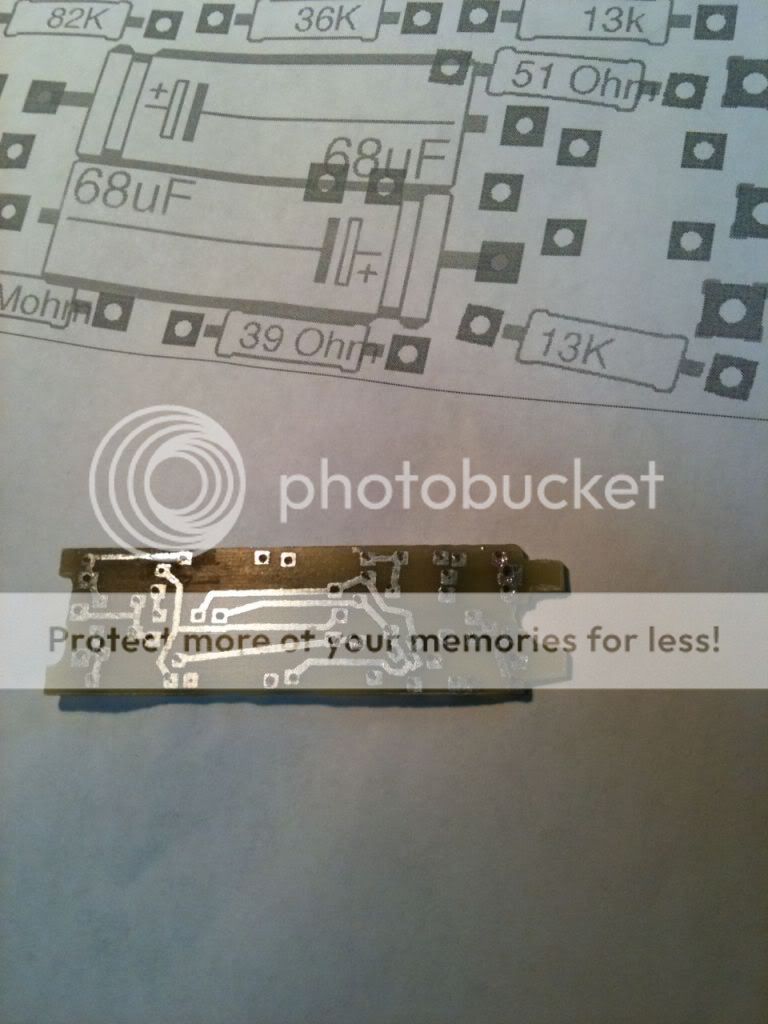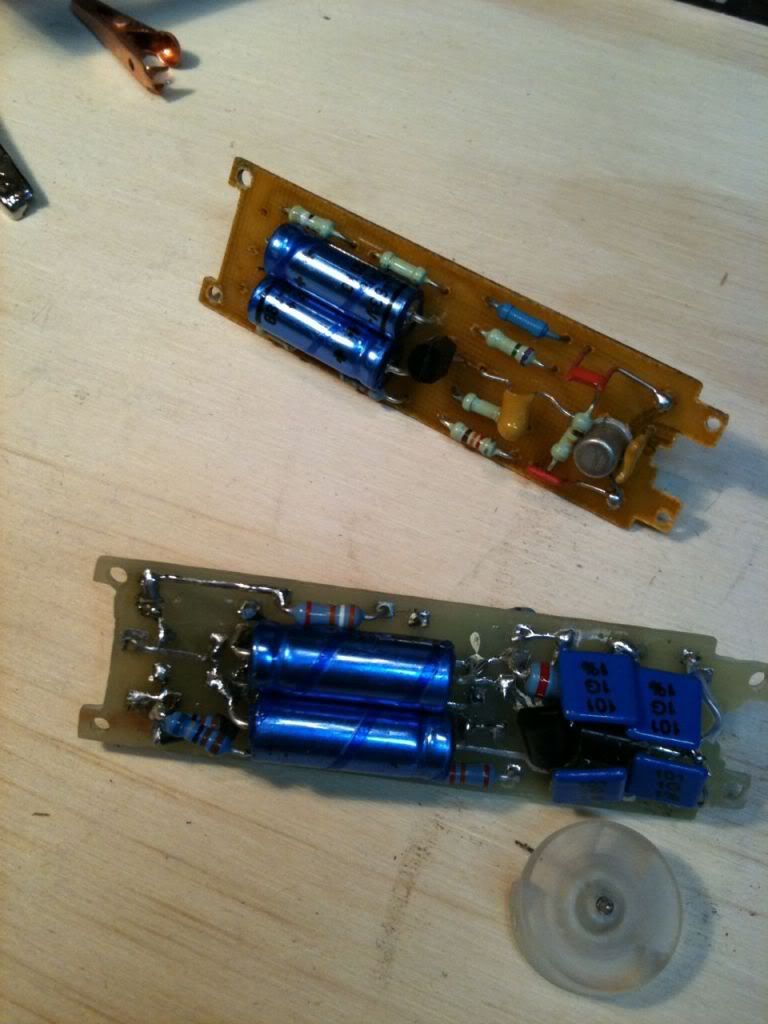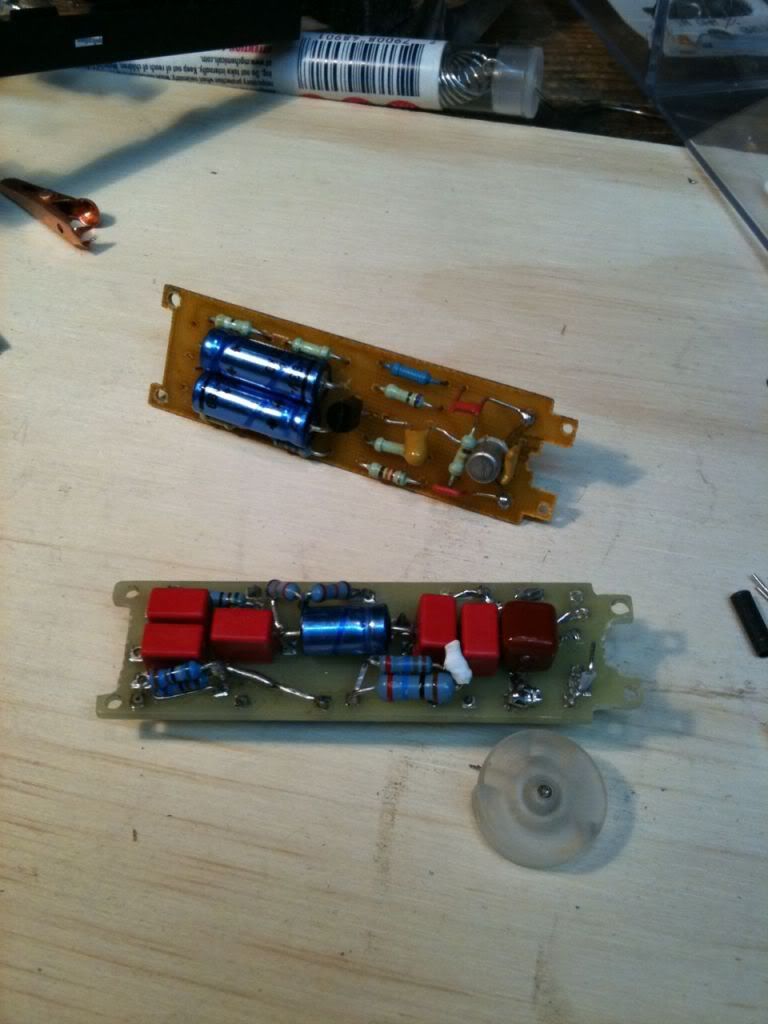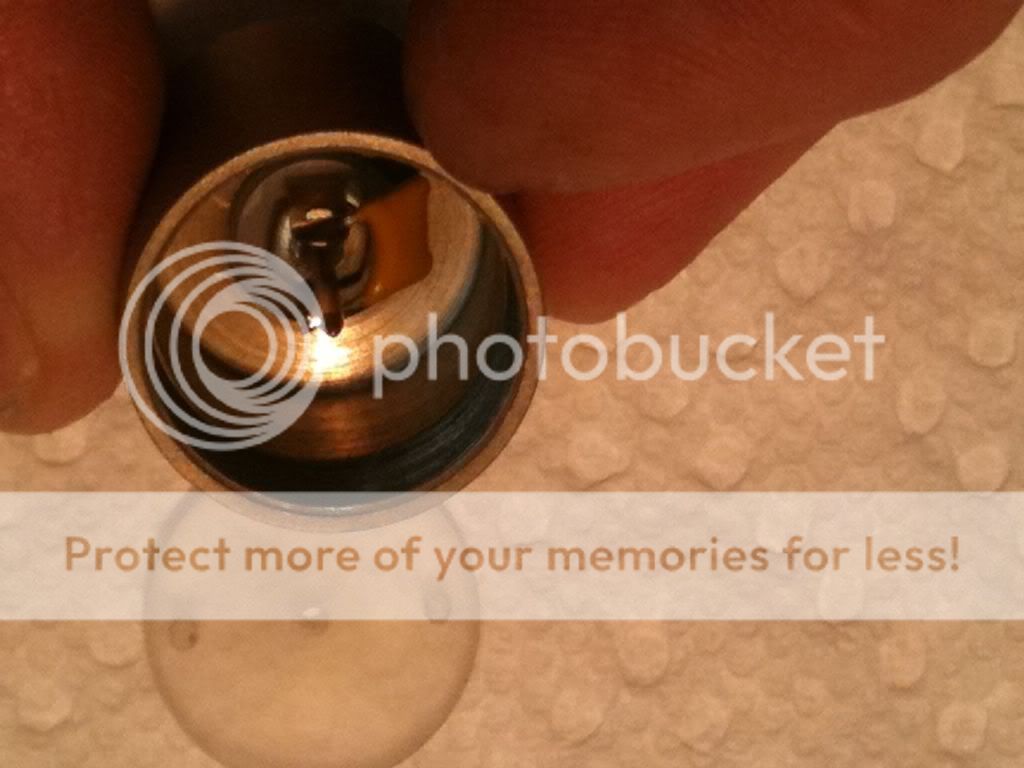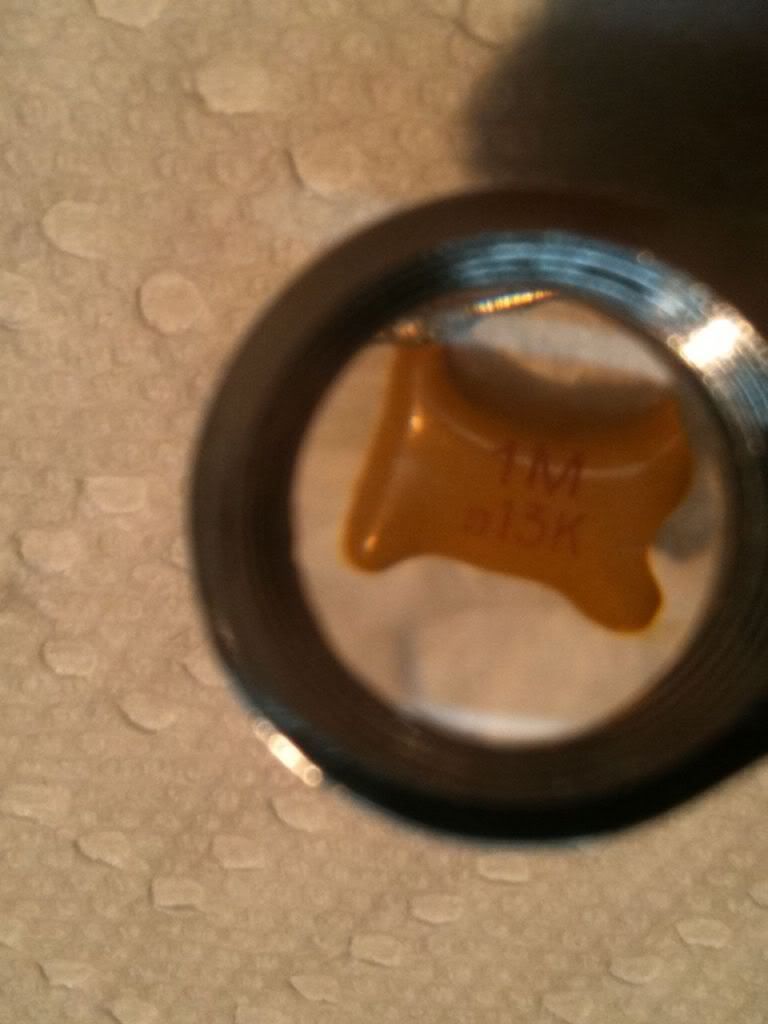Gus said:
Update: Sorry, I see. My mistake. C10 makes it a Lowpass, I was trying to do a highpass... Got it. Thanks.
So what is the knee on your lowpass? Is it just C10 and R2 or is there more to it? I calculated the knee at 162 HZ or 208Hz... so I must be wrong (that's a lot of low highs to roll off!).
Added some pics of my rebuild
bb
Gus: I like your mod is much better than what I did! Thanks!
All I did was change C1 in hopes that I could use the resistance of the base of the PNP as part of the RC filter, but I guess r2 and r3 are involved, and also i am not sure of the impedance of the base.
Anyway, your approach is more direct, easier to measure. Is the RC filter just involving R2 (so the knee is at 163Hz?) or is R3 and r4 involved to the VCC (so the knee is at 218Hz)?
Is there any way to put a filter in the pad screw adapter (make it not a useless pad... make it instead a nice low cut filter)? Can I just put an RC filter in there to the case ground? Or is the impedance so high that any resistor will add noise?
Moved from the other thread:
I had some Oktava Mc-012's and I did try the recording magazine article mods (Dorsey) But I had more significant results when I built a circuit board for an MC-012 that let me fit in larger leak resistors and bypass a few caps (still fit's in the tube, but tight... not a cat food can). I can send the layout if you want. Tightened up the bass a bit I think, and makes strings sound great (but I kept those circuit boards in case I wanted to go back).
Recently a friend asked me to build him a low cut filter for his octava, for better handling wind noise in outdoor shoots. I had an old busted MC-12 I got on ebay, and I tried this by changing the coupling cap between the JFET and the PNP to a lower value (I thought I might make a switch for this) but I am not sure of what the resistance of that circuit is, and the filter isn't doing what I expect.
If anyone has any ideas about that, love to hear it.
Also, I noticed that Oktava now ships a low cut filter as a screw-on like the PAD, and that is exactly what my buddy wanted me to do (turn his pad into a low cut). Does anyone know what is in that low cut? Is it just a cap to lower the coupling capacitance and thus form a filter?
Thanks





































